National Recovery Month spotlight: Sara Smiddy gives back to the facility that saved her life

One of the goals of National Recovery Month, observed every September, is to “highlight inspiring stories to help thousands of people from all walks of life find the path to hope, health, and overall wellness” [1] — and few members of the Cornerstone of Recovery family embody that inspiration more than Sara Smiddy.
As an 18-year-old addict who landed at a drug and alcohol treatment center in East Tennessee, Sara had no aspirations. Outside of getting, using and finding ways and means to get more, there were no plans for a future, no long-term goals, no hope for a better life through an education or a career.
“To be honest, I don’t know that I ever really had a passion or a goal,” she says. “I don’t ever remember really wanting to do anything. I never thought I would realistically make it past my 20s, so to be sitting where I’m at is really crazy. To have the life that I have is something I never dreamed of and something I never even thought was possible.”
National Recovery Month: Observation and anniversary

National Recovery Month, now in its 31st year, is designed to celebrate “the gains made by those in recovery, just as we celebrate improvements made by those who are managing other health conditions such as hypertension, diabetes, asthma, and heart disease,” according to the observance’s official website [2]. Throughout September, organizers and participants actively work “to promote and support new evidence-based treatment and recovery practices, the emergence of a strong and proud recovery community, and the dedication of service providers and community members across the nation who make recovery in all its forms possible.”
It’s serendipitous, then, that Sept. 1 marks 15 years that Sara has been employed by Cornerstone of Recovery, one of the largest residential treatment facilities in the state of Tennessee and an industry leader in addiction and alcoholism recovery for more than 30 years. As an 18-year-old, she was fiery, obstinate and at times defiant, she concedes. But at Cornerstone of Recovery, she found something she never expected: a family.
“Part of what everybody talks about is the atmosphere among the staff, that family environment that Cornerstone has,” she says. “That’s what I felt as a patient, and after I left, I came back to visit. I brought Makenzie (her daughter, now 15) to show her off, and I would come to the annual reunion, because that family atmosphere kind of draws you in.”
She turned 19 when she transitioned to Cornerstone’s Sober Living Facility, and she celebrated a year clean around the time she gave birth to her daughter. After six months as a stay-at-home mom, however, she recognized a need to do something greater with her life.
“I went to Cornerstone and asked to do anything that was available, and after they hired me, they figured out I was too young to drive the vans!” she says with a laugh. “I still wanted to work here, though, so I started picking up (counseling) shifts throughout the week, and that very quickly moved to working here full-time. During that process, that’s when I figured out that this is what I wanted to do.
“Initially, it was just to get out of the house, but through 12 Step meetings and helping people and working on my own recovery, I realized that doing it was beneficial and fulfilling.”
On Sept. 20, as part of National Recovery Month, NAADAC — the National Association for Alcoholism and Drug Abuse Counselors — will observe National Addiction Professionals Day, established in 1992 “to commemorate the hard work that addiction professionals do on a daily basis,” according to the organization’s website [3]. As a counselor in Cornerstone’s Young Adult Program, Sara found that the work was indeed hard, but that the reward for it extended far beyond a paycheck.
“I had sat in their shoes and had done the exact same program they were doing, so I could relate to the feelings they were having,” she says. “It’s difficult to be young and in recovery, because those are the times when you’re supposed to figure out what you want to do with your life and where you want to end up … but you end up waking up in a treatment center with no idea of where you’re going or how to get there.”
National Recovery Month: Statistics
 And as Sara knows first-hand, drug and alcohol use as a young adult can have life-altering consequences. According to the Centers for Disease Control [4]:
And as Sara knows first-hand, drug and alcohol use as a young adult can have life-altering consequences. According to the Centers for Disease Control [4]:
- By their senior year in high school, roughly two-thirds of students have tried alcohol.
- Half of high school students report having used marijuana.
- Among high school seniors, 20 percent report using prescription drugs without a prescription.
- Although the national drinking age is 21, young adults ages 12-20 drink roughly 10 percent of all alcohol consumed in the United States.
The National Survey on Drug Use and Health (NSDUH) [5] paints a similarly grim picture:
- Roughly 1.2 million adolescents — 4.7 percent of the population ages 12 to 17 — reported binge drinking in the previous month.
- For young adults ages 18-25, 34.9 percent of them — roughly 11.9 million — reported binge drinking in the previous month.
- The number of individuals in those two age groups who qualify as heavy drinkers amounts to 1 in 200 adolescents (ages 12-17) and 1 in in 11 young adults (ages 18-25).
- Illicit drug use by those two populations in the previous year amounted to 1 out of 6 adolescents and 2 out of 5 young adults.
Even more troubling is the need for addiction and/or alcoholism treatment by adolescents and young adults vs. the actual receipt of that treatment, according to the NSDUH: In 2018, “about 946,000 adolescents aged 12 to 17 needed substance use treatment in the past year” … but only 159,000 of them received it. For young adults, the figures are similarly discouraging: Of the roughly “5.2 million young adults aged 18 to 25 in 2018 (who) needed treatment for a substance use problem in the past year,” only 547,000 received any.
Young adults, Sara knows all too well, are often the hardest population to reach because of a number of factors, and even those who do receive treatment don’t always stay clean and sober.
“A lot of young people right now that I’ve known somewhere on their recovery journey are passing away right now, and it’s hard to watch,” she says. “Sometimes I ask, ‘Why me? What did I do differently that they didn’t do? How am I here?’”
The willingness to keep coming back

It’s the one nebulous concept that can be nurtured as part of addiction treatment, but each addict and alcohol seeking recovery has to find it within themselves: willingness. For Smiddy, it began as an ember — the dawning realization that a life of jails, institutions and death, as one recovery program espouses, didn’t have to be the bitter ends of a life shackled to drugs and alcohol.
Today, as part of National Recovery Month and her career, she helps to fan similar embers into a conflagration of hope.
“I love watching them develop that fire,” she says. “I think a lot of times with the young adults, that fire is a little bit smaller, but to watch that flame grow is really inspiring.”
Her own flame has burned steadily since her time in treatment. After several years as a counselor, she decided to go to school, ultimately opting to pursue the Licensed Alcohol and Drug Abuse Counseling certification that Cornerstone helps its employees obtain. Today, she’s LADAC certified and works as program coordinator for Cornerstone’s Young Adult, Recovery Renewal and Women’s Only programs. In addition to Makenzie, she has a son, Mason, who’s 12, and she’s been married to her husband, Andrew, for almost nine years.
Across the country, men and women like Sara — an estimated 89,600 substance abuse counselors in 2012, projected to increase to 117,700 by 2022 [6] — not only help others find renewal on the other side of addiction, they often do so from a place of personal inspiration. From an 18-year-old lost girl to a confident woman who’s now part of Cornerstone’s clinical team — many of whom, like Sara, are in recovery themselves — she invests in each of the patients who comes through the doors.
Because at the end of the day, whether it’s National Recovery Month or any other month of the year, the job is a personal one, and she sees in them the person she once was.
“I really like when I see the Young Adults fight for their lives and put skin in the game and decide to give this their best shot,” she says. “I love all of the patients, and I enjoy working with all three programs, but I always go back to the young adults. That was me, and I think they’ll always have my heart. Even with age, I know they’re going to drive me nuts, but I’m still going to find a way to love them.”
SOURCES
[1]: https://rm.facesandvoicesofrecovery.org/wp-content/uploads/sites/2/2020/07/National-Recovery-Month-2019-Toolkit.pdf
[2]: https://rm.facesandvoicesofrecovery.org/
[3]: https://www.naadac.org/national-addiction-professionals-day
[4]: https://www.cdc.gov/ncbddd/fasd/features/teen-substance-use.html
[5]: https://www.samhsa.gov/data/sites/default/files/cbhsq-reports/NSDUHNationalFindingsReport2018/NSDUHNationalFindingsReport2018.pdf
[6]: https://careersinpsychology.org/employment-outlook-guidance-substance-abuse-counselors/





